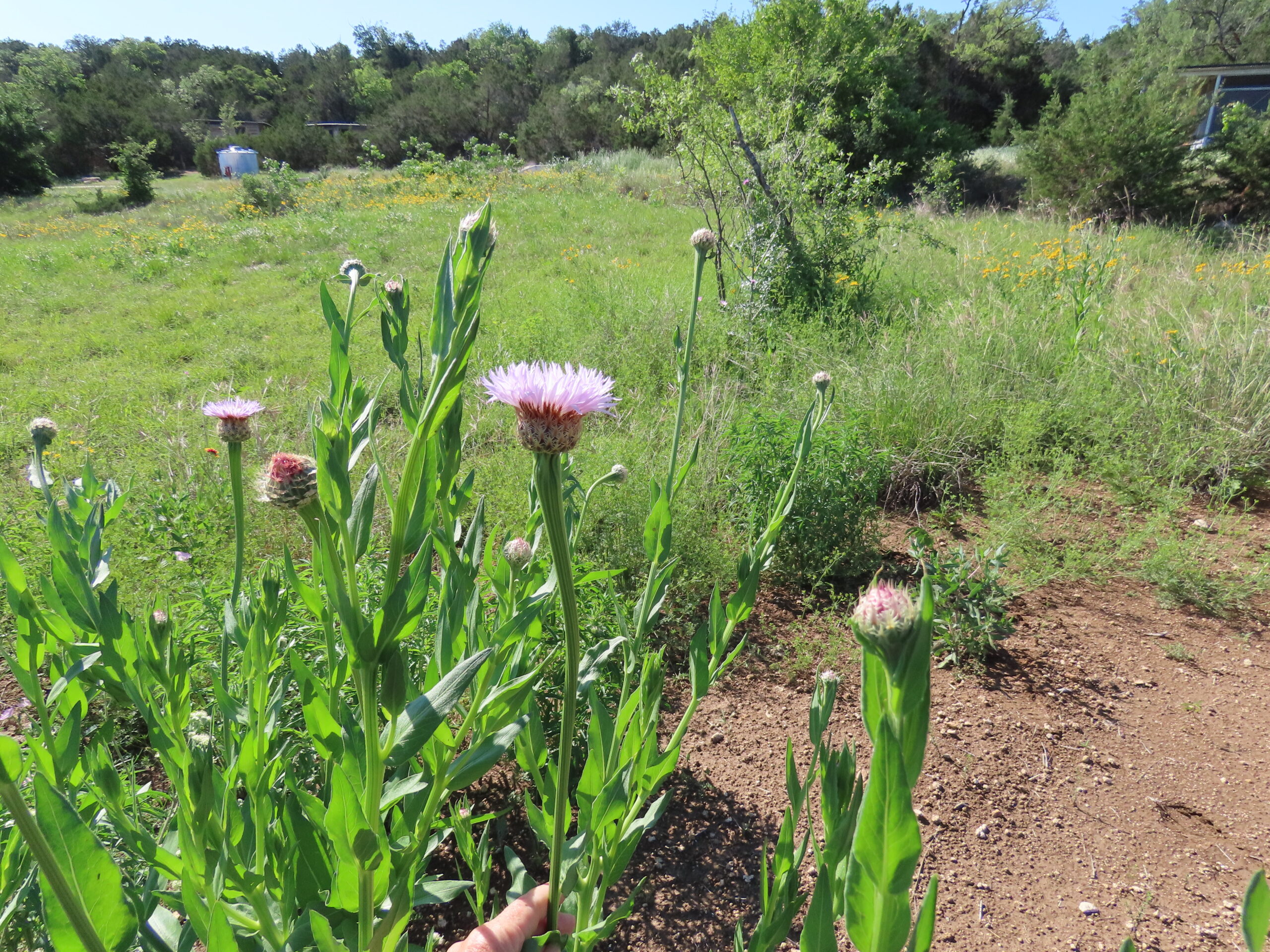
Priority Volunteer Job Descriptions
If you are interested in any of these volunteer positions, please contact our Volunteer Coordinator at volunteernpsotaustin@gmail.com President-Elect (2024) If you are interested any of these positions, please contact our









